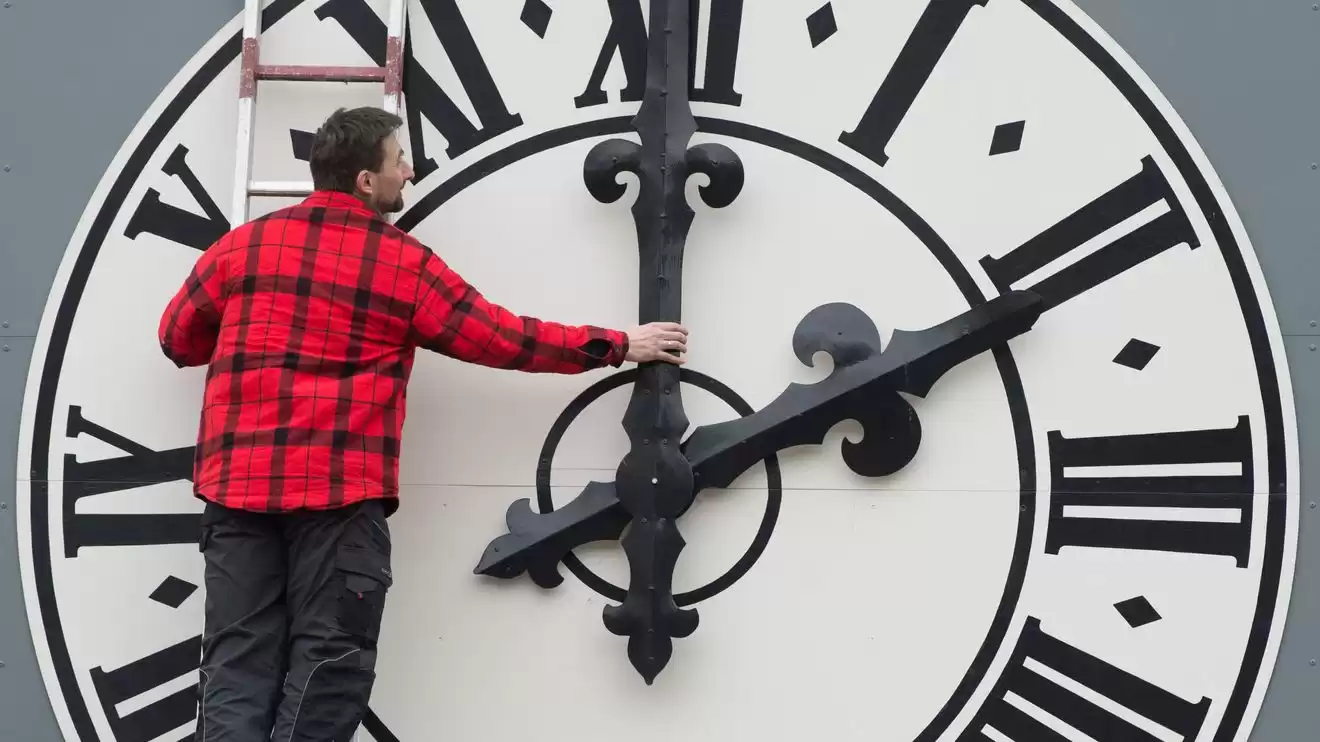Daylight Saving Time Change Weekend: When and Why Does the Time Change?
Daylight-saving time ends on Nov. 5, but what's the story behind why we turn our clocks back? And did Benjamin Franklin really come up with the idea for the whole thing?
As we approach November 5th, it's time to prepare for the end of daylight-saving time. This practice, which originated in the U.S. over a century ago, has been a topic of debate and scrutiny in recent years. But why do we participate in this time change? And is there a case to be made for not doing it? Let's dive into the history and reasoning behind daylight-saving time.
Contrary to popular belief, Benjamin Franklin did not invent daylight-saving time. However, he did observe that people were wasting daylight when the sun rose at 6 a.m. while they were still asleep. Franklin saw the economic benefits of utilizing sunlight instead of candles, suggesting that "an immense sum" could be saved. While Franklin's idea was playful, the concept of daylight-saving time was formalized by George Vernon Hudson, a New Zealand entomologist, in 1895. Hudson's motivation for more daylight was his love for collecting bugs.
The idea of daylight-saving time gained traction and was adopted by the U.S. in 1908. By 1916, it spread to Europe with the intention of saving energy. In 1918, the U.S. officially adopted daylight-saving time as well. However, the practice was discontinued in 1919 on a national level, only to be reintroduced from 1942 to 1945 during World War II. After the war, it was up to individual states and municipalities to decide whether to continue with the time change. The confusion finally ended in 1966 with the Uniform Time Act, which established daylight-saving time as a national practice.
Despite the national adoption, states still have the option to exempt themselves from daylight-saving time. Arizona, for example, does not observe the time change due to the scorching heat. Hawaii also does not participate due to the minimal variation in daylight hours throughout the year. However, many states are reconsidering the practice. Several states are currently considering bills regarding the time change, and there is even talk of eliminating the biannual clock adjustment altogether.
The change in time occurs on Sunday at 2 a.m. for a specific reason. This timing minimizes interruption during a weekend night. It is important to note that the change happens at 2 a.m. in each respective U.S. time zone, not all at once across the country. The reason for this specific time has to do with railroad schedules. When daylight-saving time was introduced, there were concerns about its impact on train timetables. However, Sunday at 2 a.m. was a dead zone in terms of train departures from New York, making it an ideal time for the change.
Looking ahead, daylight-saving time will begin again at 2 a.m., when the time becomes 3 a.m. This means we will need to adjust our clocks accordingly once more. As the debate surrounding daylight-saving time continues, it will be interesting to see if more states choose to exempt themselves or if the practice undergoes significant changes in the future.











Comments on Daylight Saving Time Change Weekend: When and Why Does the Time Change?